Memorialization and politics in Germany seventy-two years after the Second World War
By: Aditya Adhikari
Today the Holocaust stands as the epitome of political evil. The German people’s effort to renounce and atone for their past is often held up as exemplary. “Never again” – these words first appeared on handmade placards put up by inmates at the Buchenwald concentration camp shortly after the Nazi defeat in 1945. In the following decades, the slogan radiated out into the world and was repeated in Cambodia, Argentina, Rwanda, Bosnia. The trials of war criminals in post-war Germany, the reparations provided to victims and the memorials erected in their name have become lodestars for what is now called ‘transitional justice’.
I participated in a seminar organized by the Robert Bosch Stiftung on Truth, Justice and Remembrance in late 2016. During our excursions in Berlin and Nuremberg, I had the sense that Germany’s sites of commemoration did not just evoke the horrors of the Holocaust but also showed how German attitudes had evolved in the post-war period.
Some of the monuments have dated poorly. Across the street from the Brandenburg Gate stands the Soviet War Memorial, hastily erected by the Red Army soon after it took Berlin in 1945. It features a bronze statue of a Stakhanovite soldier atop a pillar flanked by two T-34 tanks. The Russian inscription on the pillar reads, “Eternal glory to heroes who fell in battle with the German fascist invaders for the freedom and independence of the Soviet Union.” The purpose then was to depict the triumph of communism over fascism. But today the memorial is seen to represent totalitarian monumentalism. The immense suffering of the Russian people during the Second World War has become a distant memory. Like other monuments built during the period of the German Democratic Republic (1949-1990), the Soviet War Memorial is now entirely associated with brutal Soviet domination of East Germany.
While some efforts to reckon with the past have lost their potency, others have taken years to gain meaning. In 1945 when the Allied Powers established the International Military Tribunal at Nuremberg to prosecute top Nazi leaders, the German population looked on with simmering resentment. Powerless to stop the trials, they privately scorned the tribunal for serving up victor’s justice. In Courtroom 600 of the Nuremberg Palace of Justice, a large crucifix now hangs on the wall behind the judge’s chair. According to Henrike Claussen, director of the Nuremberg Trials Memorial, the crucifix was hung when the courtroom was refurbished not long after the trials. It’s as though the people of Bavaria wanted to strip the room of everything associated with the trial and installed the cross to exorcise any lingering ghosts.
For many years, Claussen said, the German public showed no interest in the trials. Then the Cold War ended and efforts to establish a new liberal international order gathered steam. Tribunals were set up under the aegis of the United Nations to prosecute war criminals in the former Yugoslavia and Rwanda. The Nuremberg trials provided a historical precedent for the task. Only then did the Palace of Justice become an object of curiosity. Tourists began visiting the site where the Nazi war criminals had been sentenced to death. In 2010 the Nuremberg Trials Memorial was established on the top floor of the Courthouse. Among all the objects used at the trial, the museum was only able to recover two benches on which the defendants had sat – a sign that the tribunal might easily have been lost to historical irrelevance.
The earliest efforts at memorialization and justice (including the Soviet monuments and Nuremberg) were impositions by the victors of the Second World War. It took much longer for Germans themselves to face their nation’s past and recognize that actions carried out in their name were morally indefensible. People instinctively resist attempts to make them repudiate their history and revise their belief systems. If your country has lost a war, your primary instinct is to protect your compatriots and mourn defeat, not atone for the crimes your rulers committed in your name.
For at least a few decades after the war, certain individuals had to swim against the tide. The attorney Fritz Bauer was ostracized by his colleagues for having pushed for prosecutions of Nazi war criminals. “In the justice system, I live as in exile,” he said. His persistence led to the Frankfurt Auschwitz trials of 1963-65, where 22 Nazi officers were tried for their roles in the abuse and killings of inmates at the Auschwitz-Birkenau concentration camp.
Chancellor Willy Brandt faced bitter criticism at home when in 1970 he knelt before a monument in Poland, which commemorated the 13,000 Jewish inmates of the Warsaw Ghetto who were killed when they rose up against their Nazi captors. Acknowledgement of German guilt remained controversial for many years after Brandt’s gesture. In 1985, on the fortieth anniversary of the Nazi defeat, President of the Federal German Republic Richard von Weizsäcker earned both praise and blame for referring to the event as a “day of liberation.” A member of Weizsäcker’s own party said it would have been more appropriate to recall it as “the day of our deepest humiliation.”
But all such efforts have had a cumulative effect. Perhaps no other country in the world has reviewed a dark chapter of its history more comprehensively than Germany. Although the numerous modes of remembrance may have served different purposes over the years, a set of meanings has gained near unanimous acceptance. By holding up the Nazis as an example of a criminal regime, civic education and memorialization efforts seek to guard against the temptation of authoritarianism. They teach the public that the rights of the individual are sacrosanct. Under no circumstances can the state be allowed to persecute people for their religion or culture or sacrifice them to an ideology.
For this reason, monuments established by state fiat to legitimize political structures, like those erected by the communist regime in East Germany, now hold very little public resonance. The most evocative memorials in Berlin reject all identification with reasons of state. Many of them were established after Germany’s reunification in 1990. Even those publicly funded are the work of individual artists or citizens’ associations. They are almost always concerned with honoring the individual victim of injustice and celebrating the diversity of human nature and experience.
Take the famed Memorial to the Murdered Jews of Europe. It was designed by the architect Peter Eisenman and unveiled in 2005. From a distance, the memorial appears as a collection of near-identical concrete slabs laid out in a symmetrical pattern on an even field, like tombs in a graveyard. But as you approach and enter the site, you realize that the uniformity of the slabs is an illusion. They rest on irregular, undulating ground. Those resting on higher ground are short, less than a foot in height; those standing on lower ground are colossal and tower over the visitors wandering among them. Each of the 2,711 slabs was individually created and no two slabs are exactly alike. Eisenman has said that the memorial consciously avoids symbolism or any representational significance. Yet the memorial seems to remind us: The murdered Jews of Europe were not a homogenous mass but a people with diverse customs, habits and languages. Each person who was killed was a unique individual.
Across the street, at the edge of the Tiergarten, stands the Memorial to Homosexuals Persecuted Under Nazism – a large concrete cuboid with a window that shows a video clip of two young men kissing and caressing each other. The hard, grey, impenetrable cuboid creates a stark contrast with the tender affection expressed by the men. The couple is heroic in their blithe disregard for the apparatus that surrounds and threatens to crush them.
The most evocative memorials in Berlin resist monumentalism. Their creators recognized that grandiose structures have often idolized brute power, and deliberately chose quiet, unobtrusive styles. Walking around the city one often comes across small, inscribed brass plaques among the cobblestones on the pavements. These are stolpersteine, or “stumbling stones”. Each stolperstein bears the name of a person who lived in the neighborhood before being dragged away by the National Socialists. “Here lived Alice Rosenberg. Born 1911, Deported 1942, Murdered in Auschwitz.” Quietly but constantly the stolpersteine remind the city’s inhabitants that these were the very streets where the Nazis committed their horrors. It is a memorial they encounter as they go about their daily routine and becomes a part of their everyday consciousness.
But German society is changing, and the Nazi period receding from view. Few people who were adults in the first half of the twentieth century are now alive, and the younger generations have no direct contact with their nation’s history. There are now many children from immigrant backgrounds – Turks, Arabs – who believe that the Holocaust does not concern their people. And besides, history bores the teenager. The lists of unfamiliar names, the black-and-white photos of aggressive-looking men in uniform, the videos of battles from another era – these can all seem very distant from contemporary lives and concerns.
The 7 x Jung exhibition space is specially designed to attract students who lack interest in history. The exhibits here are almost entirely shorn of any historical references. They are brightly colored and likely to evoke feelings of familiarity in young visitors. One installation reproduces the bedroom of a typical teenager growing up in any European city. But the room has been violently ransacked. The table and bed have been stabbed repeatedly. The table surface is pitted with holes and the stuffing spills out from the mattress. Books and other objects are strewn across the floor. Photographs hanging on the wall have been torn down. This is a site of a calamity.
The groups of young people who come to view the exhibit are asked what they imagine happened to the room and its inhabitant. Gradually, the conversation turns to arbitrary power and how it creeps into the private sphere and devastates the lives of ordinary people. The memory of the arrests and deportations of European Jews looms in the background. The exhibits at 7 x Jung make the experience of dispossession palpable to the visitor. I left the venue somewhat shaken, as I imagine many others have done.
For people from countries that have recently emerged from war or mass atrocity, the German case underscores the difficulties that lie in the path to remembrance. Civic education and memorialization on Germany’s scale is only possible in a country that has established a system of government that allows substantial freedoms and enjoys legitimacy, and where society has reached a broad consensus on how to view history. Such conditions are not easy to achieve. In most post-conflict countries, governments remain unrepresentative and are invested in protecting perpetrators and ensuring forgetting rather than remembrance. Societies remain riven by divisions and interpretations of history are bitterly disputed.
But Germany also offers a lesson in hope. It demonstrates how a range of people working at some distance from state power, using different approaches to remembrance and the excavation of historical truth, can help remold the political institutions and worldview of an entire society.
At the same time the German example demonstrates the provisional nature of all remembrance. It took Germans decades to start discussing the Nazi period and repudiating it unequivocally. Yet even today remembrance is not wholly uncontested. I was in Berlin soon after Brexit and Trump’s victory in the US presidential elections. Some of the Germans I met were uneasy about the possible resurgence of right-wing populism in Europe. A few weeks after I returned home to Kathmandu, I read in the news that a member of the Alternative for Germany Party (AfD) had called the Berlin Holocaust Memorial a “monument of shame.” His party colleagues distanced themselves from his statement, but many of them insisted that German society had been made to feel excessively guilty for the crimes of their ancestors. They called for the creation of a more self-confident national identity where the achievements of the German people would receive greater emphasis than their faults. By all accounts, this is a message that increasingly resonates with sections of German society.
It isn’t only members of far-right parties who are critical of memorialization. The Berlin Holocaust Memorial is “not meant to commemorate the Jews,” wrote the political commentator Hendrik Broder, “it is meant to flatter the Germans.” My Israeli friend Uri Rosenberg echoed this view. “For the Germans, history seems to end with the defeat of the Nazis in 1945,” he said. “But for us Jews, history began with the founding of the Israeli state in 1948.” Uri was angry that German memorials depicted Jews solely as victims, and almost entirely ignored their strivings for autonomy and nationhood.
Indeed, it seems that an uncomfortable silence surrounds the topic of Israel in German society. Although Germany paid vast sums in reparations to Israel, many Germans find it difficult to express public support for the country. Their history has taught them to feel suspicion towards a state founded explicitly for the assertion of a single cultural group. But contemporary Germans also find it difficult criticize Israel for its injustices against the Palestinian population, since the state was founded in direct response to Germany’s persecution and murder of Jews.
All this goes on to show that remembrance can never be settled once and for all. The needs of a society change over time, and remembrance evolves to accommodate these needs.
But there is also a danger in remembering. When remembrance is used solely to serve immediate goals, it can become untethered from historical facts. The further events recede into the past, the greater the temptation to reduce the Nazi period to a few moral lessons. As historical facts fade from memory, it opens up space for counter-narratives that make selective use of history to aggrandize a particular community and serve power. At this point, remembrance becomes indistinguishable from myth. The task is to renew memory with sufficient rigor, ensuring it is anchored to historical detail.
(Aditya Adhikari is the author of The Bullet and the Ballot Box: The Story of Nepal’s Maoist Revolution. A shorter version of this article was published on http://www.justiceinfo.net.)
Images: Photos taken by the author

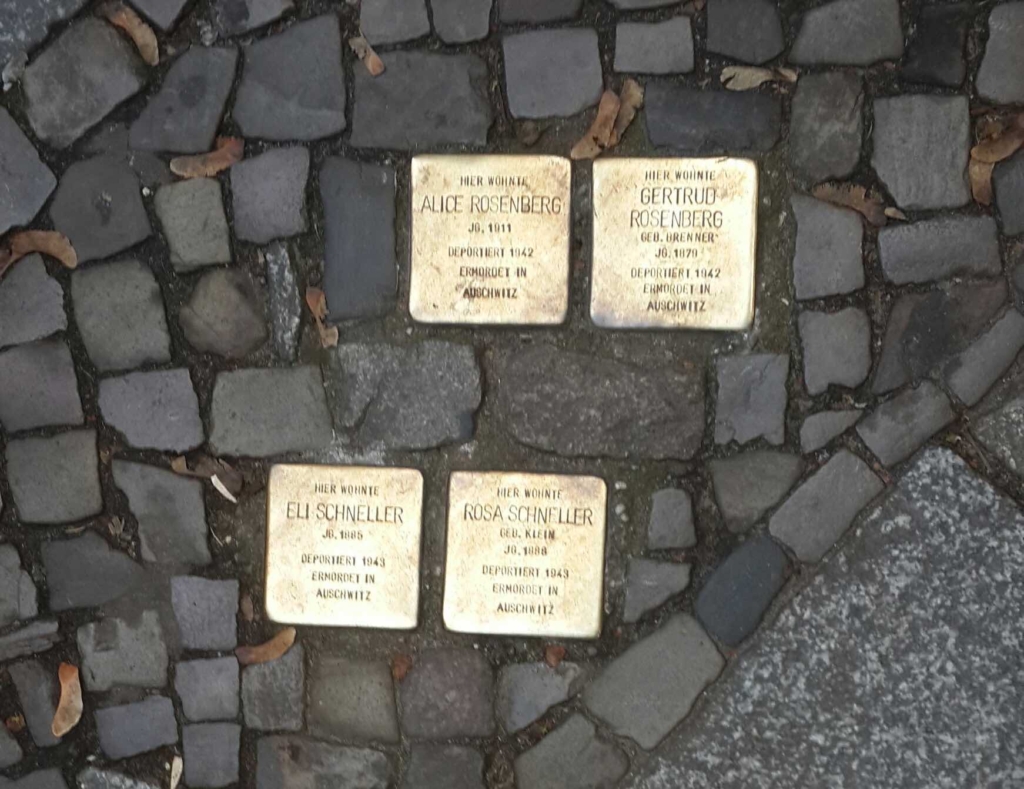
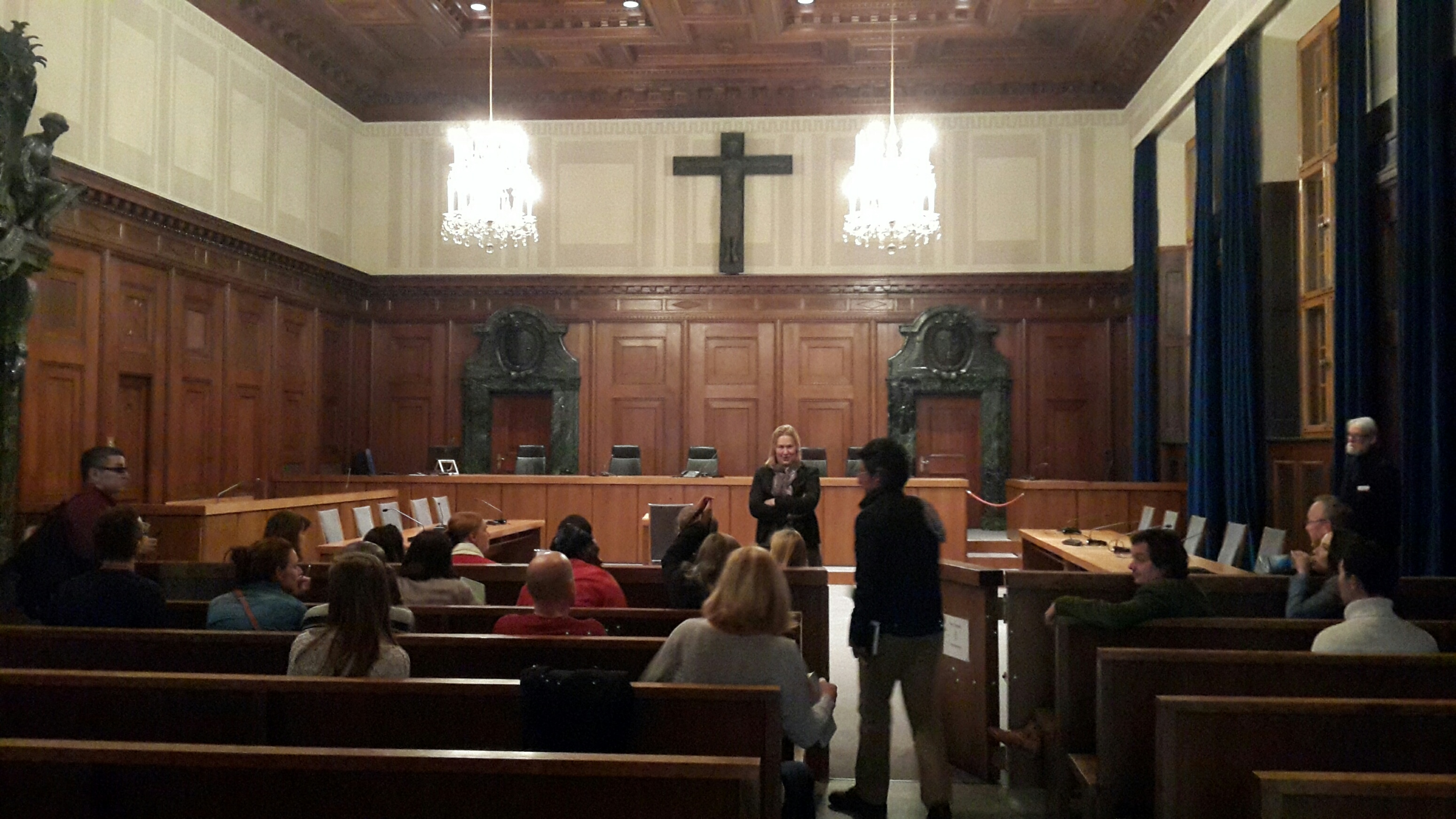
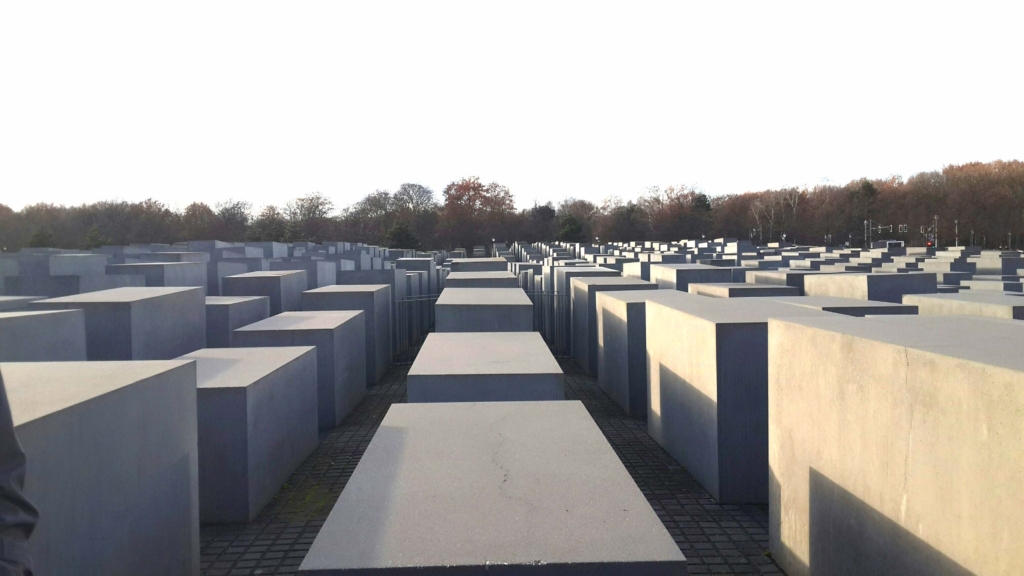



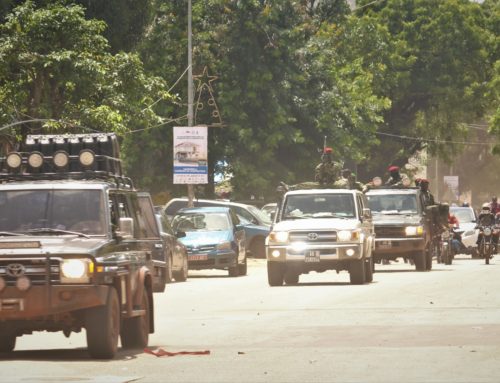


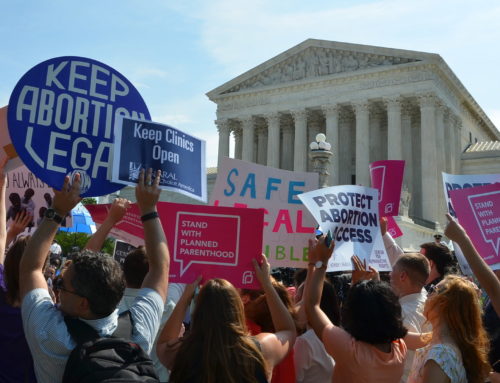


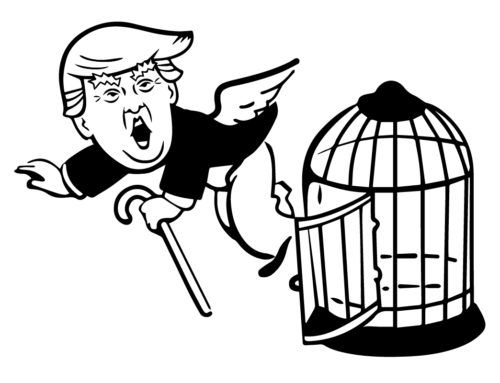
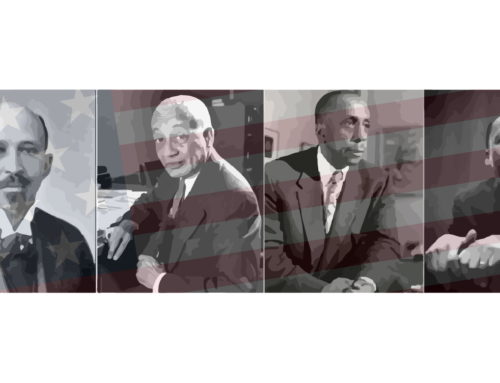
Leave A Comment